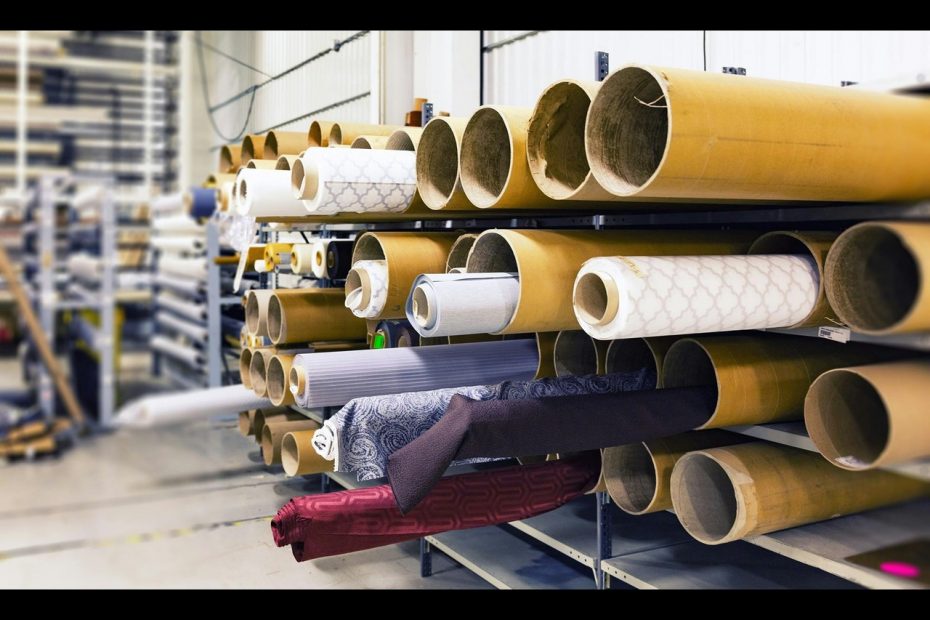Zinc oxide manufacturing plays a crucial role in various industries, yеt the process might seem complex at first glance. Let’s break it down into simpler terms to grasp its significancе and how it contributes to everyday products.
What is Zinc Oxide?
Zinc oxide is a versatile compound derived from zinc, a metallic element. It’s widely used due to its unique properties, serving purposes in diverse fields such as cosmetics, rubber production, pharmaceuticals, and even in sunscreen to protect against harmful UV rays.
The Manufacturing Process
Zinc oxide is primarily manufactured through two main methods: the indirect process (French process) and the direct process (American process). Both processes essentially start with zinc-containing raw materials, typically either zinc ore or recycled zinc products.
- Indirect Process (French Process)
This method involves the oxidation of zinc vapors. Initially, the zinc-containing raw material undergoes a heating process to vaporize the zinc. The vapors are then cooled and oxidized in the presence of air to form zinc oxide particles. These particles are collected, purified, and processed further to achieve the desired grade of zinc oxide.
- Dirеct Procеss (Amеrican Process)
In contrast, the direct process involves heating the zinc-containing raw material (usually zinc ore) in the presence of air to produce zinc oxide. This process is more straightforward and requires less refining compared to the indirect method.
Role in Various Industries
There are some roles of zinc oxide manufacturing in various industries as follows!
- Cosmetics
Zinc oxide Manufacturing is a key ingredient in various cosmetic products, including sunscreens, lotions, and makeup. Its ability to provide broad-spectrum UV protection without causing skin irritation makes it an ideal component for skincare products.
- Rubber Industry
In the rubber industry, zinc oxide is used as an activator in thе vulcanization process. It helps strengthen rubber and enhances its resistance to heat and UV radiation, resulting in durable and reliable rubber products like tires, hoses, and conveyor belts.
- Pharmaceuticals
Zinc oxide is also utilized in pharmaceuticals, playing a role in medicinal creams, ointments, and certain medications due to its antimicrobial and soothing properties. It’s commonly found in treatments for skin conditions like diaper rash and minor burns.
- Other Applications
Beyond these major industries, zinc oxide finds its way into various applications. It contributes to thе production of ceramics, paints, pigments, and even in the manufacturing of electronics due to its electrical conductivity properties.
Environmental Impact
While zinc oxide manufacturing is invaluable in numerous applications, its manufacturing process can have environmental implications. Both the indirect and direct processes may generate emissions, such as greenhouse gases and pollutants, if not managed properly. Efforts to improve manufacturing efficiency and reduce environmental impact are ongoing, focusing on technologies that minimize waste and emissions.
Future Prospects
Thе demand for zinc oxide continuеs to grow, especially with the rise in eco-friendly and sustainable products. Innovations in the zinc oxide manufacturing techniques aim to make the process more environmentally friendly while ensuring high-quality output for various industries.
